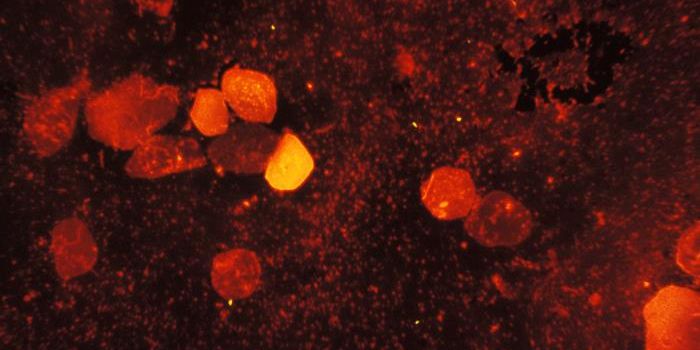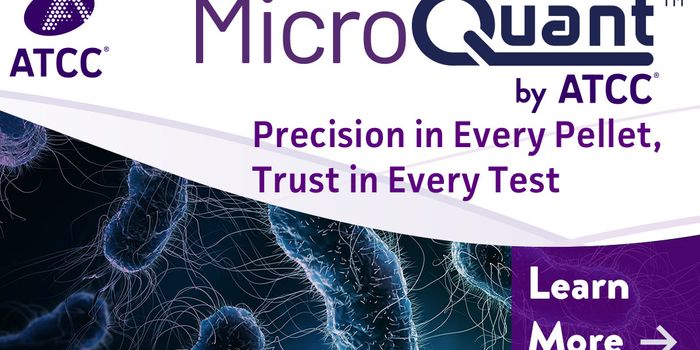Liquid Biopsy can Detect Central Nervous System Tumors in Children
After leukemia, tumors of the central nervous system (CNS) are second most common type of cancer in children, and the primary cause of cancer death in American kids. When children are being treated for malignant CNS tumors, whether by chemotherapy, radiation, surgery, or some combination of treatments, their progress is usually monitored with MRI scans. These scans can provide crucial data, but they are not able to identify disease at the microscopic level; they cannot show when a few cancer cells are still there, or have returned. A new technique could help provide answers when this type of detailed information is needed.
Scientists have developed a method for identifying circulating tumor cells (CTCs) in blood, which can show when CNS tumors are present. This tool relies on the detection of a protein called vimentin, which is found on the surface of many cancer cells. Previous research has shown that CTCs could be detected this way in adults with various types of cancer. The investigators wanted to make the test more sensitive so it would identify CTCs in children with CNS tumors.
In this work, which was reported in the journal Cancers, four unaffected children and 58 children who had been diagnosed with CNS tumors were enrolled. Of the 58 kids with CNS tumors, 45 had cancerous tumors, and in seven of them, the cancer had metastasized.
Blood samples were obtained from the volunteers. These samples were treated and applied to a microchip that contains an antibody that can bind to vimentin on cell surfaces. Cancer cells with vimentin on the surface will get stuck to the antibody while other kinds of cells wash away. A staining technique was then used to count the number of cells on the microchip.
For 50 of 58 patients, this method was able to identify CTCs. Detection was generally the same regardless of patient age, gender, disease, or therapeutic. Patients with CNS tumor cells could be accurately identified this way. However, it only correctly showed the absence of these cells about one-third of the time.
"This is the first study to demonstrate the detection of CTCs using CSV as a biomarker in pediatric CNS tumors, including ones that are malignant and have metastasized," said senior study author Shulin Li, PhD, a professor at the University of Texas M.D. Anderson Cancer Center.
This study was small, so additional work will be needed to confirm the results before the test can be brought to the clinic. However, it could also be useful in diagnosing tumors that are tough to biopsy, such as those that grow on the brainstem or optic pathway.
"Our tool also has the potential to help physicians know early on which patients will respond to treatment. When they know a tumor isn't responding, they could enroll the patient in a clinical trial with innovative therapy," said first study author Wafik Zaky, MD, an associate professor at the UT M.D. Anderson Cancer Center.
Sources: National Institute of Health, Cancers









